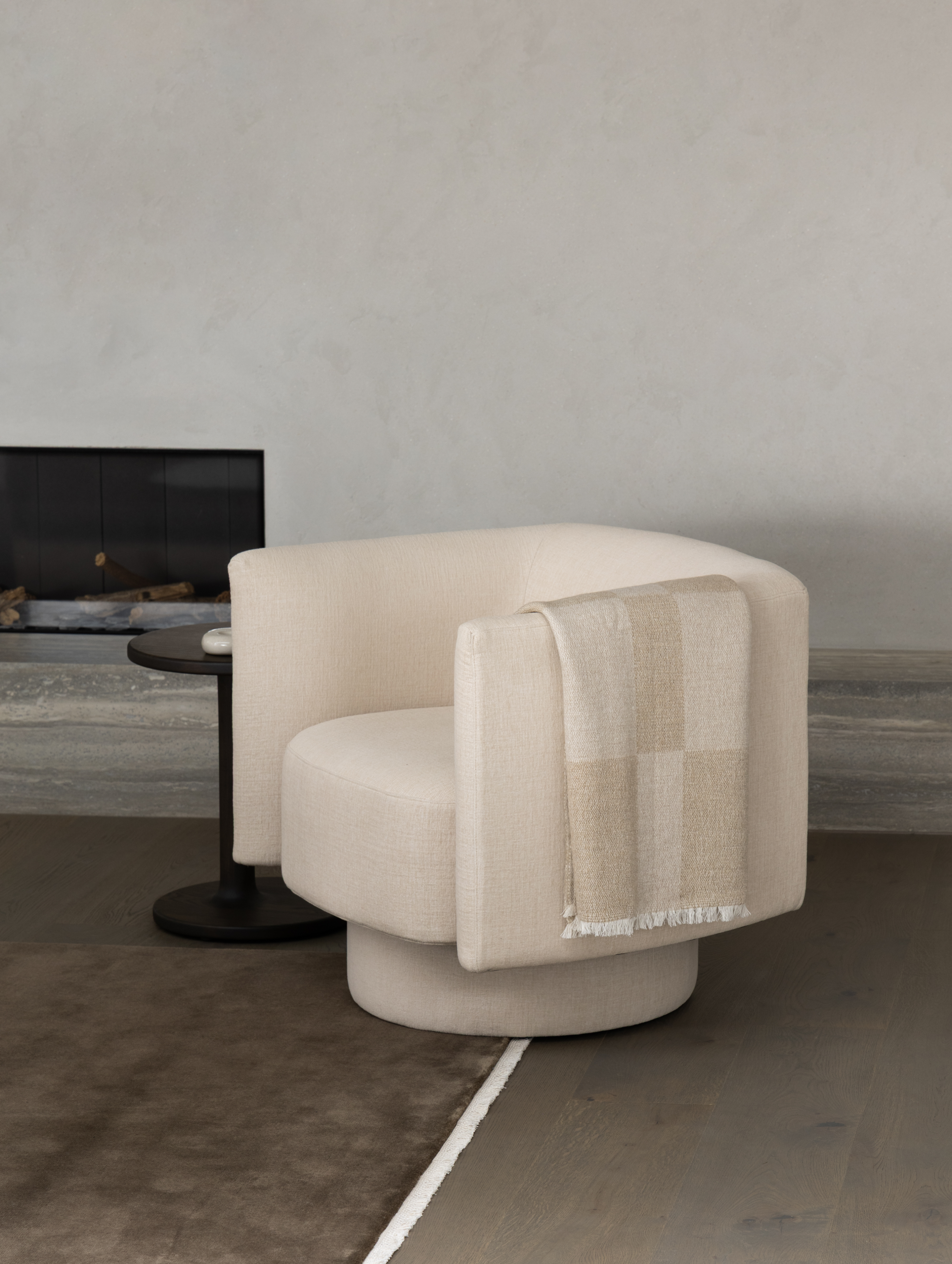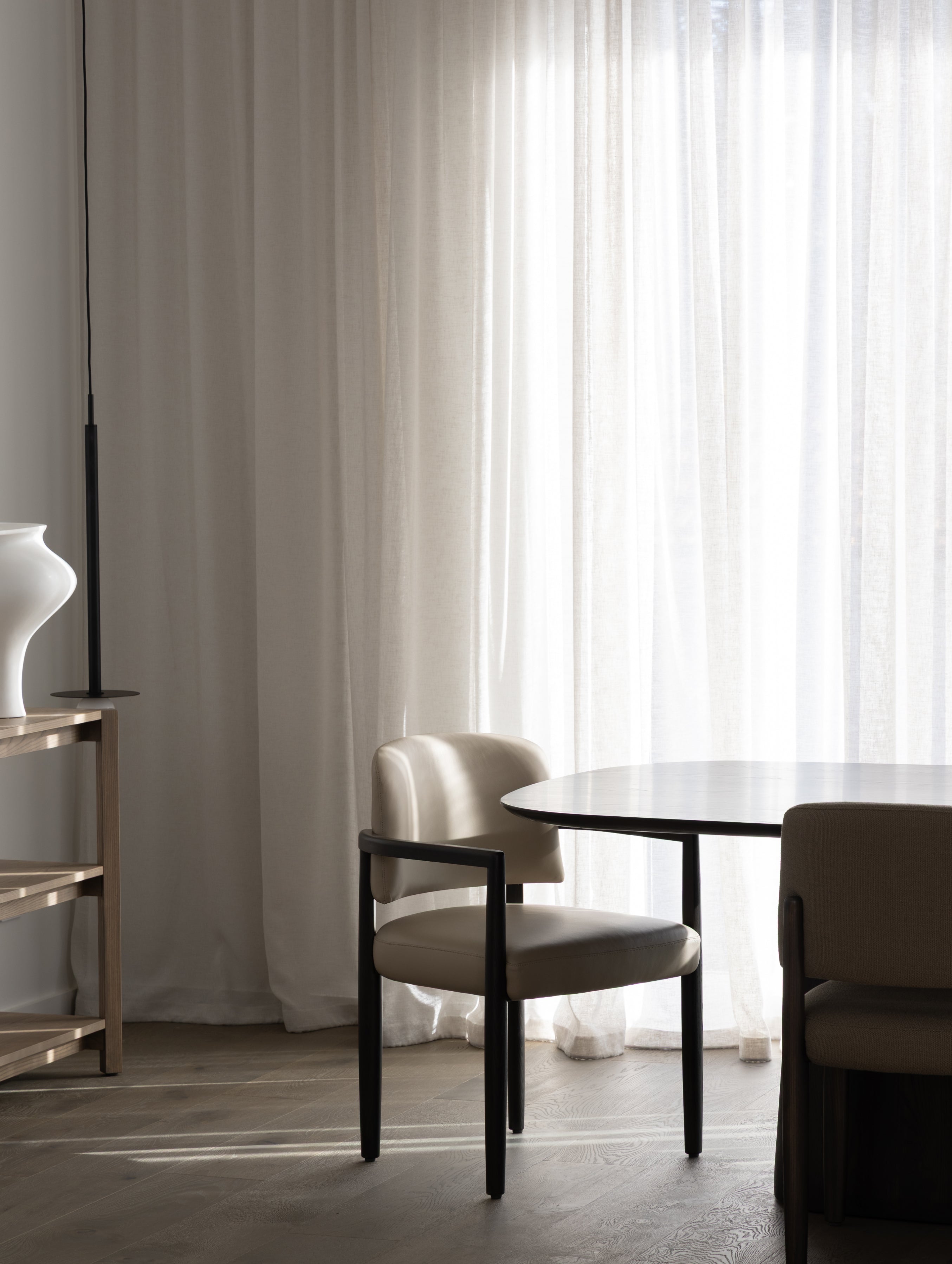Virtually all of our products are handcrafted from high quality solid timbers. You have to remember that timber is a living material, while it isn't growing it still responds to it's environment, responding to temperature, light, humidity and wear. Please avoid leaving the furniture in direct sunlight or under air conditioning units for long periods of time as it could cause excessive movement in the timber. This in turn could cause delamination or cracking.
As the timber ages, the colour of the natural timber will mellow and deepen. This is just a natural process caused by oxidation of the timber and finish along with the UV light from sunlight.
The lacquer finish on your furniture is a durable surface and should provide you with years of protection against dirt, dust and moisture. It however is still important you treat it with care to prevent exposure to excess moisture.
Clean your furniture with a clean damp macrofibre cloth without putting too much water on the surface, and wipe with a dry cloth immediately after.
Remember to wipe with the same direction as the grain, not across the grain. Any liquid spilt on the surface should be wiped up immediately.
Be cautious with vases, table runners or place mats or any other objects that could have sharp pieces that could scratch the table.
Also be wary of leaving any of those items on the table with moisture sitting underneath as it has the potential to react with the surface.
Note: We have changed the standard lacquer across all our products to be a durable two-pack lacquer in 5% or 10% matt finish. This could likely be different to any furniture you have purchased prior to March 2022. If you are unsure of the finish used on your timber furniture that you ordered in the past, please reach out to our team.


